|
This post explains when and how to indent your narrative and dialogue according to publishing-industry convention.
The purpose of first-line indents
Each new paragraph signifies a change or shift of some sort ... perhaps a new idea, piece of action, thought or speaker, even a moderation or acceleration of pace. Still, the prose in all those paragraphs within a section is connected. Paragraph indents have two purposes in fiction:
First lines in chapters and new sections Chapters and sections are bigger shifts: perhaps the viewpoint character changes, or there's a shift in timeline or location. To mark this bigger shift in a novel, it’s conventional not to indent the first line of text in a new chapter or a new section. You might hear editorial folks refer to this non-indented text as full out.
NARRATIVE LAYOUT The following example is taken from Part 5, Chapter 2, of Christopher Priest’s Inverted World (p. 287, 2010):
And here's an example from Part 2, Chapter 6, p. 147, which shows how the layout works the same after a section break:
Even if an author chooses to include a design feature such as a dropped capital (sometimes called a drop cap), it's standard for that letter to be full out, as shown in the following example from To Kill a Devil (John A. Connell, p. 6, Nailhead Publishing, 2020):
DIALOGUE LAYOUT
The same applies even if the chapter or section starts with dialogue, as in this excerpt from David Rosenfelt's Dog Tags (p. 192, Grand Central, 2010):
Body text: dialogue and narrative
The example below from Blake Crouch's Recursion (p. 4, Macmillan, 2019) shows how the indentation works in the body text when there's a mixture of dialogue and narrative.
IMPACT OF LINE SPACING
Even if you've elected to set your book file with double line spacing (perhaps at the request of a publisher, agent or editor), the indentation convention applies. Here's the Recursion example again, tweaked to show what it would look like:
Indenting text that follows special elements
Your novel might include special elements such as letters, texts, reports, lists or newspaper articles. Authors can choose to set off these elements with wider line spacing, but how do we handle the text that comes after? Again, it's conventional to indent text that follows this content, regardless of whether it's narrative or dialogue. That's because of the connective function; the text is part of the same scene. Here are some examples from commercial fiction pulled from my bookshelves.
It's not the case that full-out text is never used, or can't be used, but fiction readers are used to conventions. When a paragraph isn't indented, they assume it's a new section, which creates a tiny disconnect.
That's what I think's happened in the example below from Kate Hamer's The Girl in the Red Coat (p. 325, Faber & Faber, 2015). Of course, it took me only a split second to work out that the narrator is referring to the preceding letter, but it's a split second that took me away from the story because I'd assumed I was looking at a section break. My preference would be to indent 'I touch my finger [...]' because that text is part of the scene, not a new section.
How to create a first-line indent in Word
Let's finish with some quick guidance on creating first-line indents. Avoid using spaces and tabs to create indents in Word. Instead, create proper indents. There are several ways to do this.
OR
Create a new style for your full-out paragraphs using the same tools.
If you need more assistance with creating styles, watch this free webinar. There's no sign-up; just click on the button and dig in.
Louise Harnby is a line editor, copyeditor and proofreader who specializes in working with crime, mystery, suspense and thriller writers.
She is an Advanced Professional Member of the Chartered Institute of Editing and Proofreading (CIEP), a member of ACES, a Partner Member of The Alliance of Independent Authors (ALLi), and co-hosts The Editing Podcast. Visit her business website at Louise Harnby | Fiction Editor & Proofreader, say hello on Twitter at @LouiseHarnby, connect via Facebook and LinkedIn, and check out her books and courses.
23 Comments
Neetu R.
27/7/2020 07:57:47 am
This is so useful. Thank you so much.
Reply
Louise Harnby
27/7/2020 01:19:34 pm
You're welcome, Neetu!
Reply
7/8/2020 05:56:39 pm
As a former librarian I insisted our writing group's self-published anthologies (that I was formatting) conformed to traditional convention (title page and reverse, fiction indents, section separators with blank reverse and all chapters on a new page...) but I see so many indie published books that don't , not to mention self-published paperbacks and e-books, that I wonder how long this will be the norm. It does identify the indies from the traditional publishers, which seems a shame, since the content can be comparable.
Reply
Louise Harnby
7/8/2020 06:24:36 pm
Hi, Cathy. I think it often depends where the budget's going. Not all indies invest in a pro interior designer; they do it themselves. And if they don't know the conventions, they'll not bother. Good design should improve reader experience so I do think it's worth attending to the basics. Your group's lucky to have you!
Reply
Louise Harnby
7/8/2020 11:07:50 pm
Glad it helped, Vivienne!
Reply
Jessica Plancich
6/11/2020 06:20:06 pm
This is so clearly written and informative. It was a huge help to me. Thank you!
Reply
Danielle Sensier
27/3/2021 10:32:18 am
Can you advise whether or not to indent at the start of a new section (not a new chapter) when the first line of the section is a line of dialogue. At present I am choosing not to indent in keeping with the new section format but is this correct? Thank you.
Reply
Louise Harnby
27/3/2021 02:46:20 pm
Hi, Danielle. See the post above - the section on dialogue layout:
Reply
Danielle Sensier
27/3/2021 05:31:48 pm
Thank you very much - this is most helpful. Just shows I should have read your advice more carefully in the first place!
Yash Narang
3/5/2021 10:58:13 am
I am confused whether I should indent the first line of a new page or not?
Reply
Louise Harnby
5/5/2021 10:58:34 am
If a new chapter or section falls on a new page = no indent.
Reply
Chip
27/5/2021 11:45:29 pm
Great article! I'd like to know if the same rule should be in non fiction where it is mostly narrative? Or is it better to have no indentions at all. I'm designing a book interior for a non fiction, still a story, and I went with no indention but I'm wondering if I should indent it after all.
Reply
Louise Harnby
28/5/2021 11:14:38 am
That's a style choice, Chip.
Reply
Edward
21/9/2022 12:20:32 am
Hi Louise
Reply
Louise Harnby
21/9/2022 10:37:22 am
Yes, I would push the first line full out, and indent the second. Pull down some fiction off your shelf and have a look at how mainstream publishers do it.
Reply
Edward
22/9/2022 12:07:43 am
I will take your advice. Thank you again Louise! 29/10/2022 11:49:24 pm
Hi Louise,
Reply
Rebecca Etzler
16/1/2023 10:16:49 pm
So helpful. I couldn't find the part about not indenting dialogue in the first line anywhere. Thank you for the thorough breakdown and examples.
Reply
Louise Harnby
16/1/2023 10:35:49 pm
Hi, Rebecca. Look at the subheading DIALOGUE LAYOUT. It's immediatley below.
Reply
Yannic
21/3/2023 03:54:01 pm
Hey Louise,
Reply
Sophia
11/2/2024 01:00:33 pm
Hello, Yannic
Reply
Sarah
2/6/2023 12:58:16 am
So helpful thanks! As a first time author I was quite confused about indenting and quickly searching the Internet your blog came up. Very clear and helpful thanks for posting.
Reply
Leave a Reply. |
BLOG ALERTSIf you'd like me to email you when a new blog post is available, sign up for blog alerts!
TESTIMONIALSDare Rogers'Louise uses her expertise to hone a story until it's razor sharp, while still allowing the author’s voice to remain dominant.'Jeff Carson'I wholeheartedly recommend her services ... Just don’t hire her when I need her.'J B Turner'Sincere thanks for a beautiful and elegant piece of work. First class.'Ayshe Gemedzhy'What makes her stand out and shine is her ability to immerse herself in your story.'Salt Publishing'A million thanks – your mark-up is perfect, as always.'CATEGORIES
All
ARCHIVES
July 2024
|
|
|
|


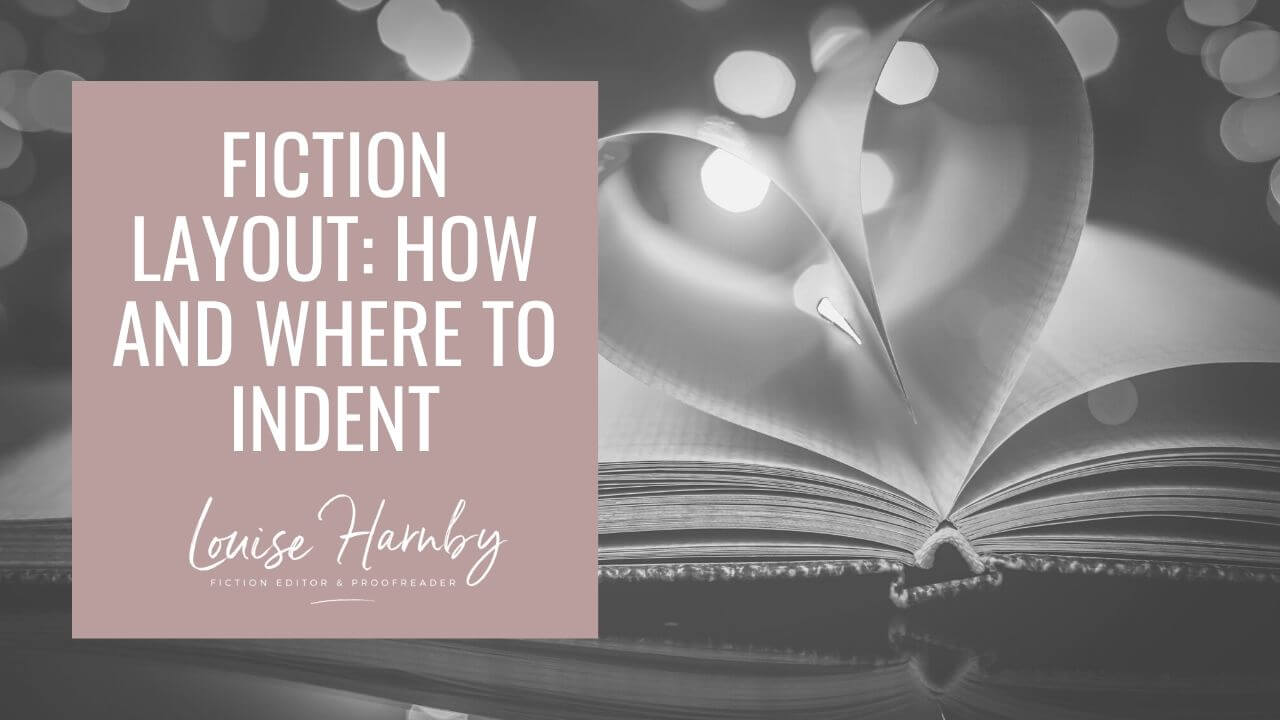
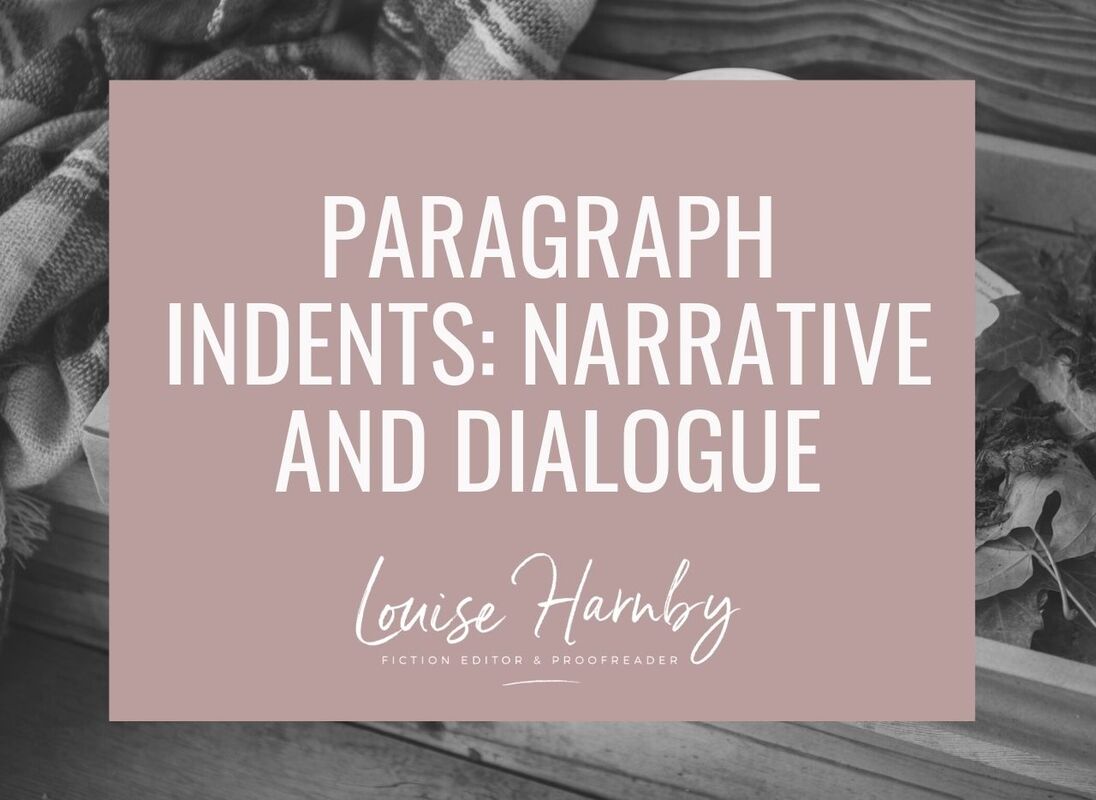
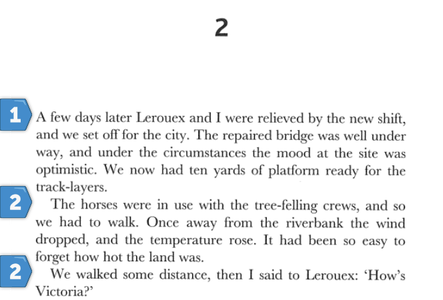
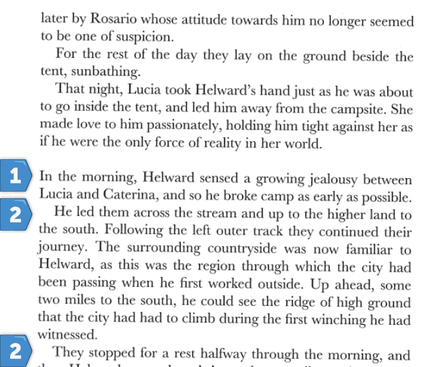
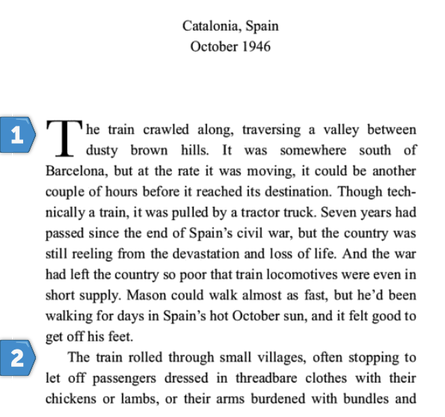
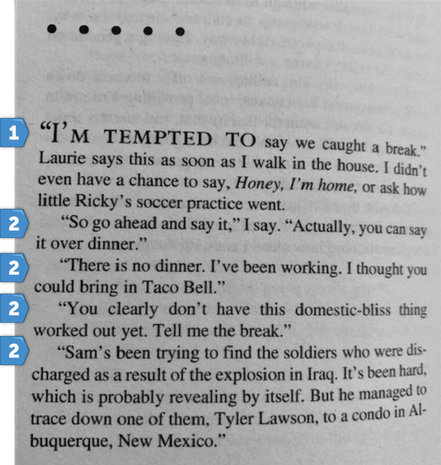
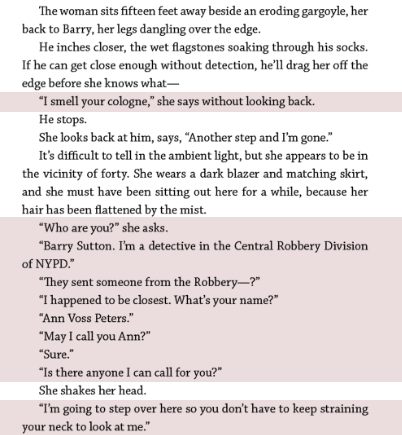
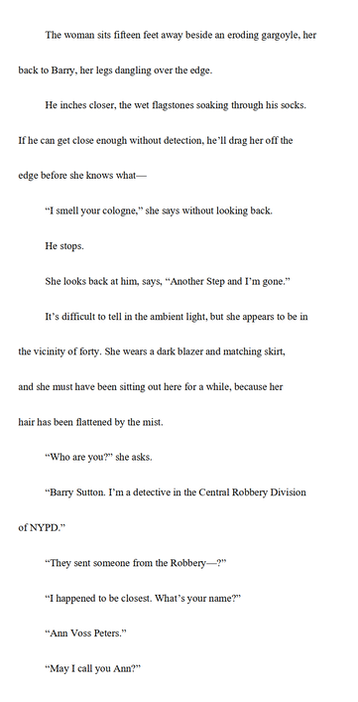
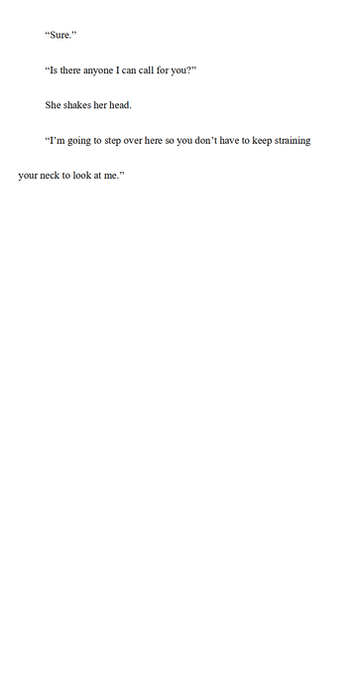
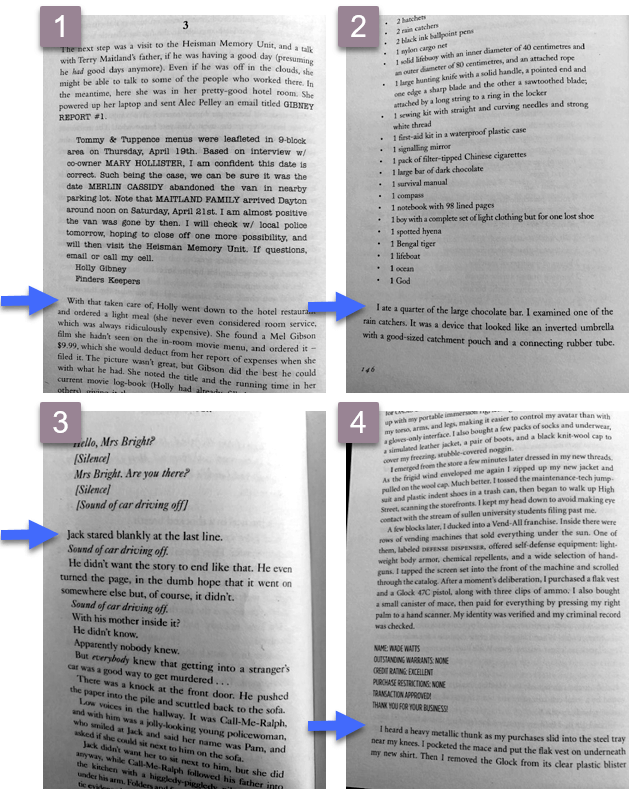
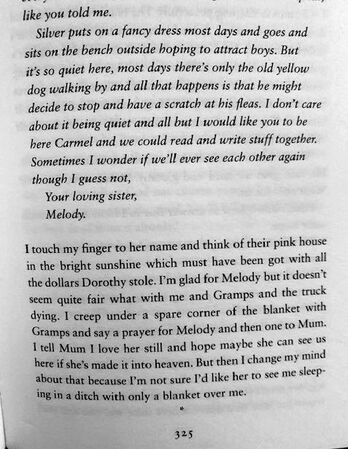

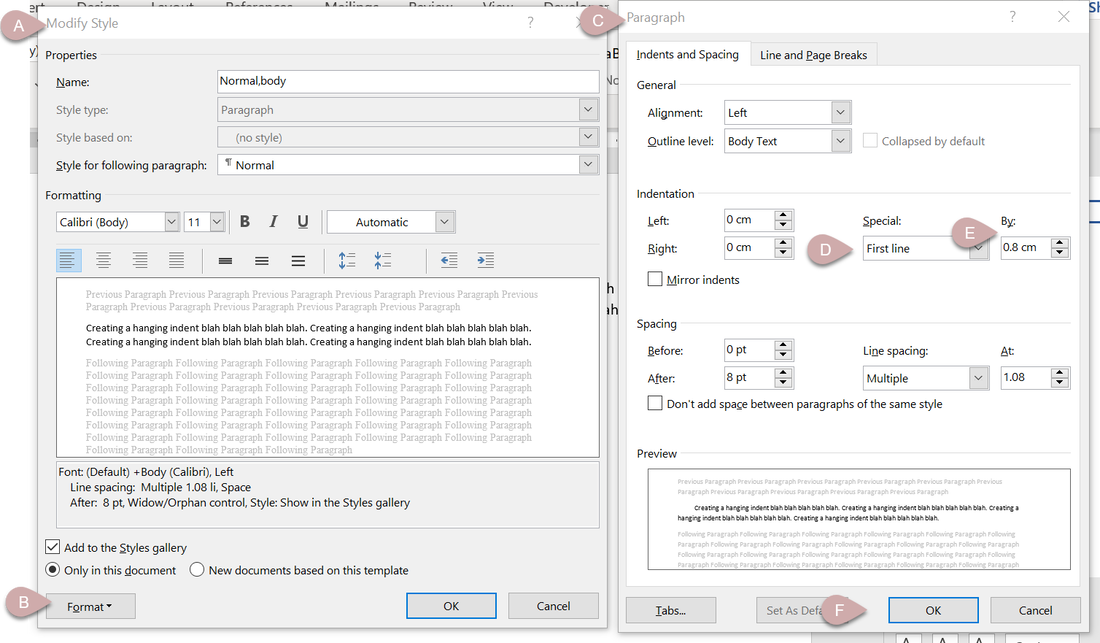
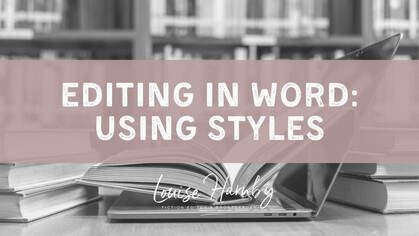
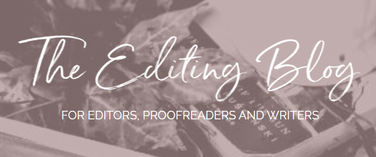

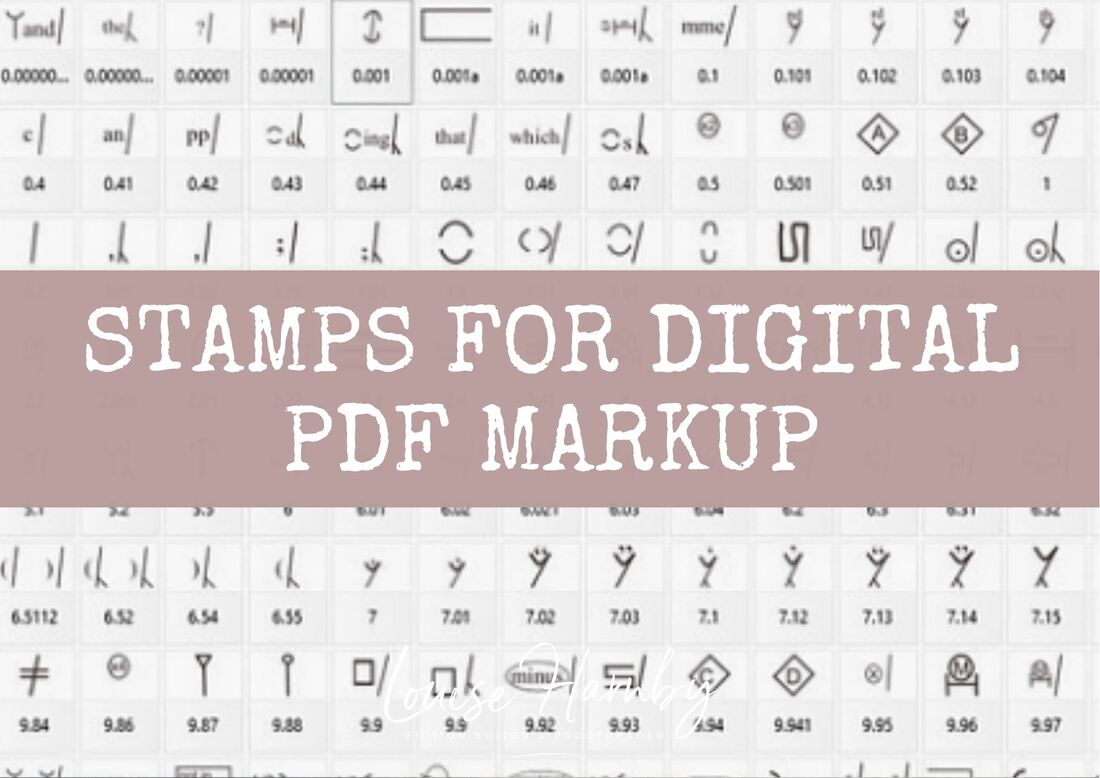
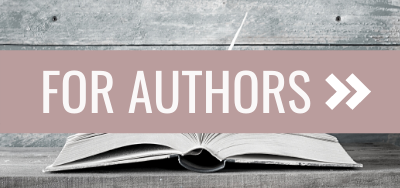
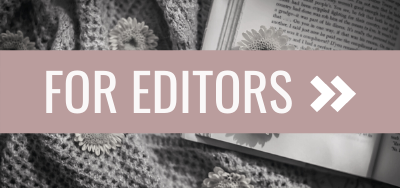
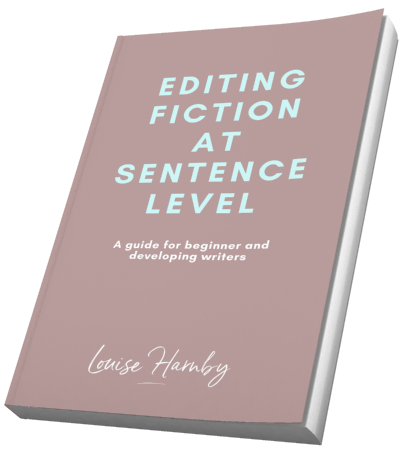
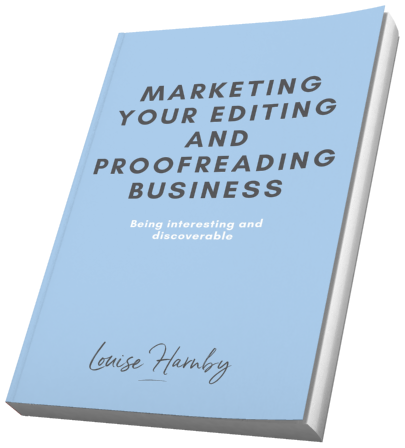
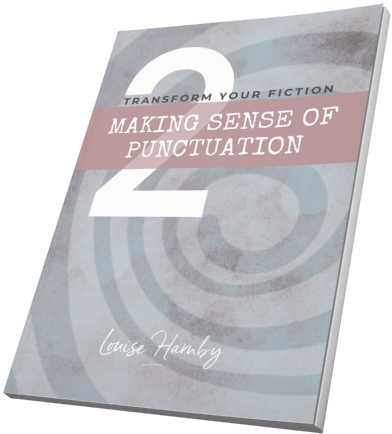
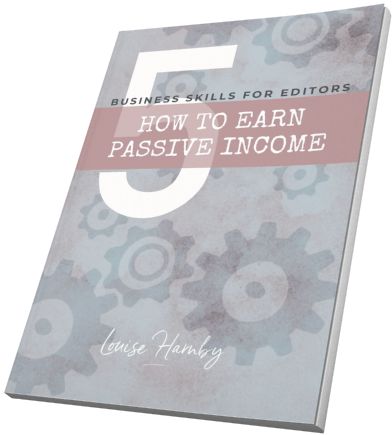
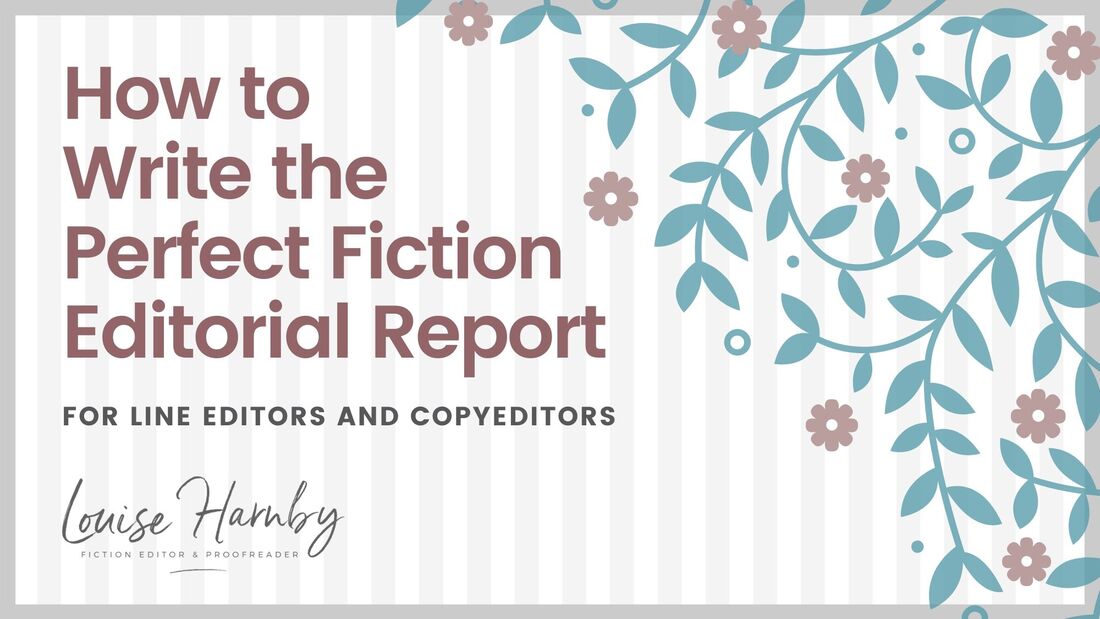
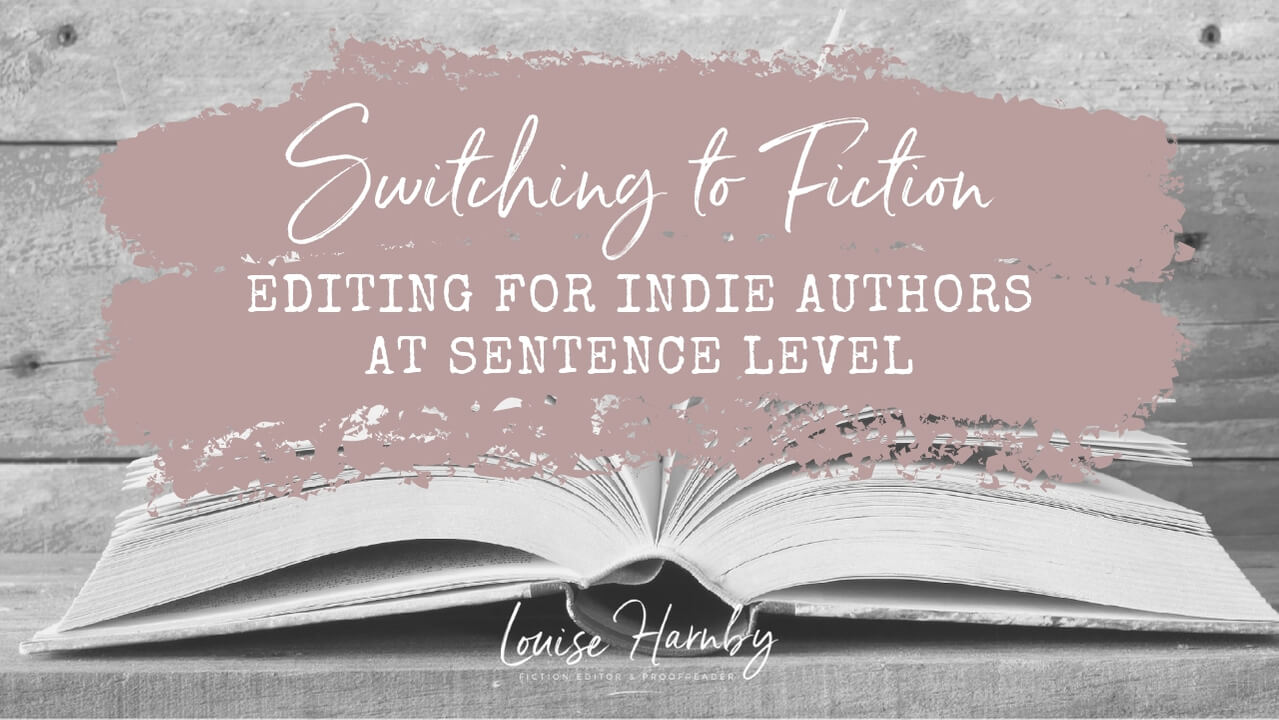
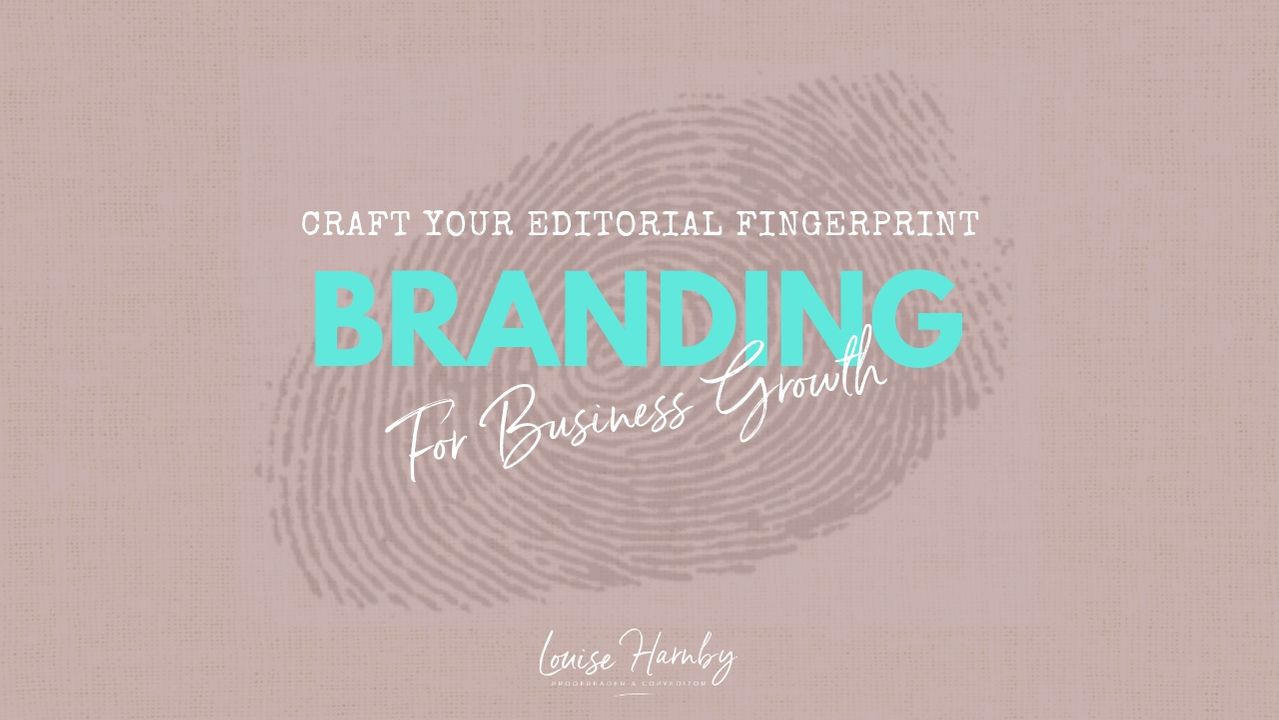
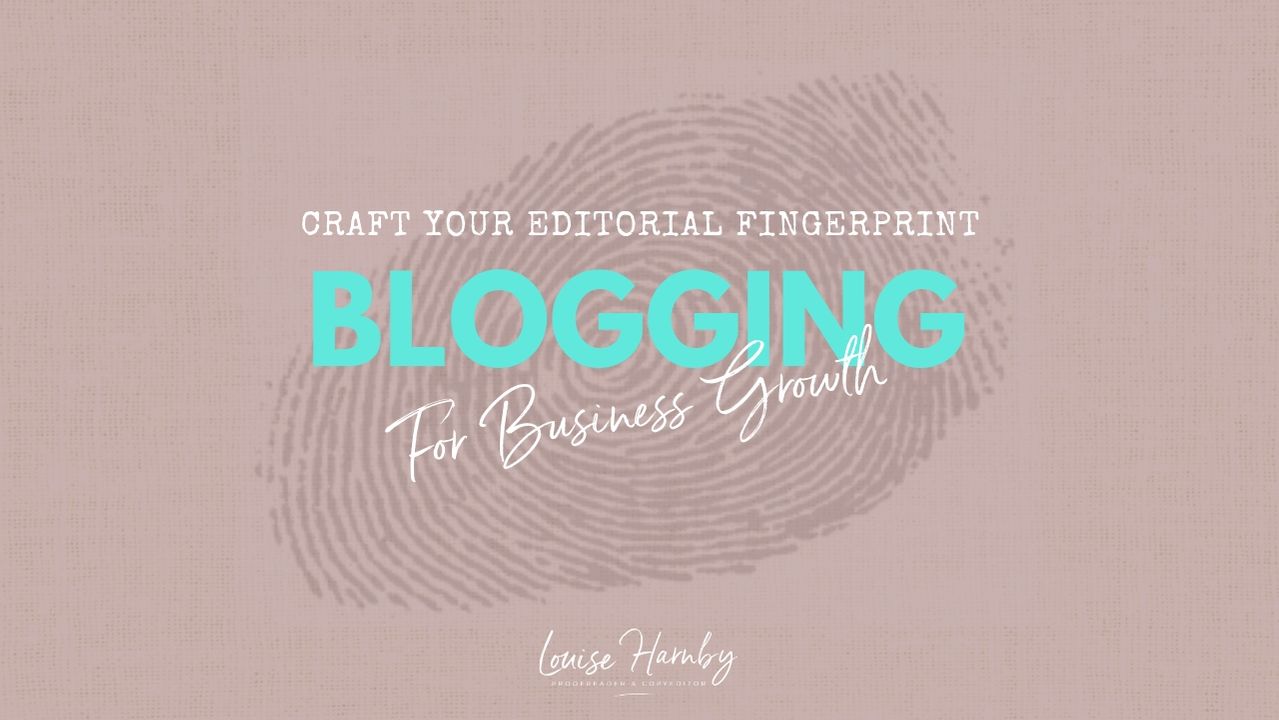
 RSS Feed
RSS Feed





